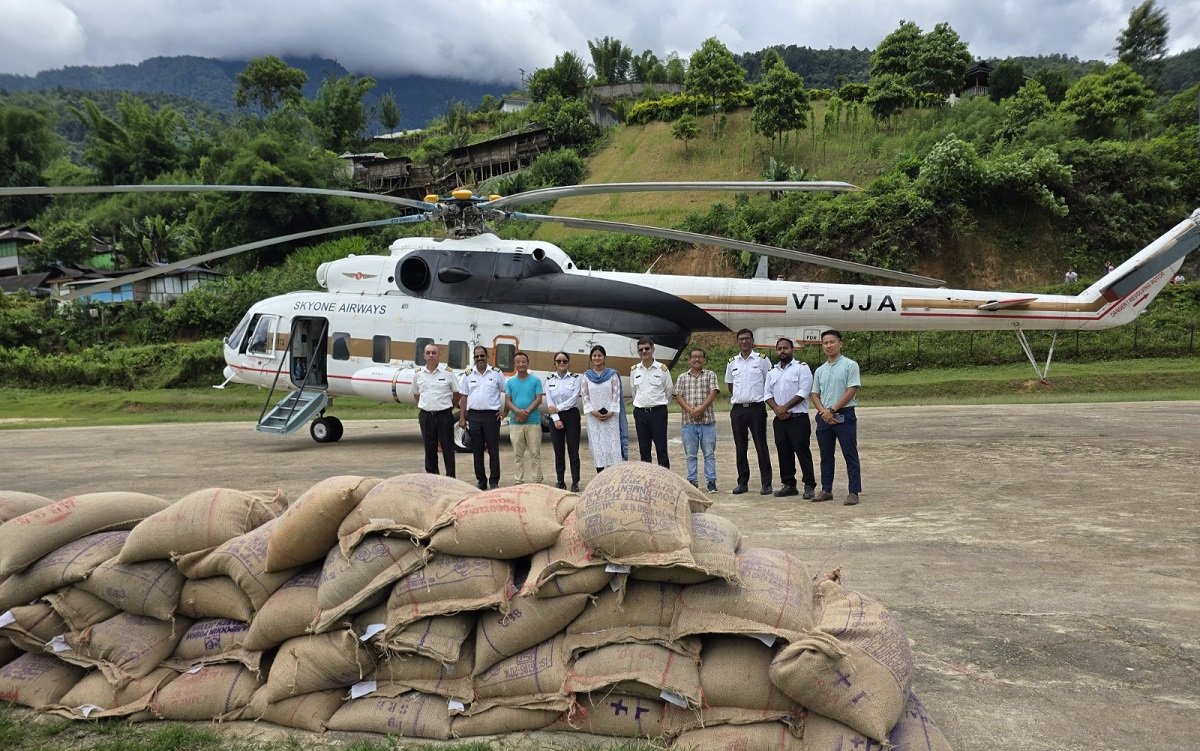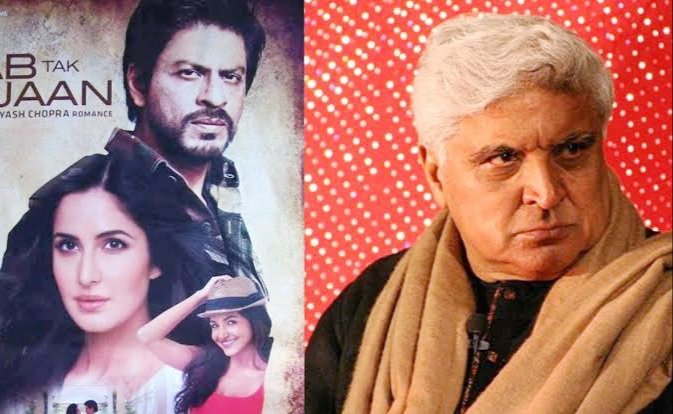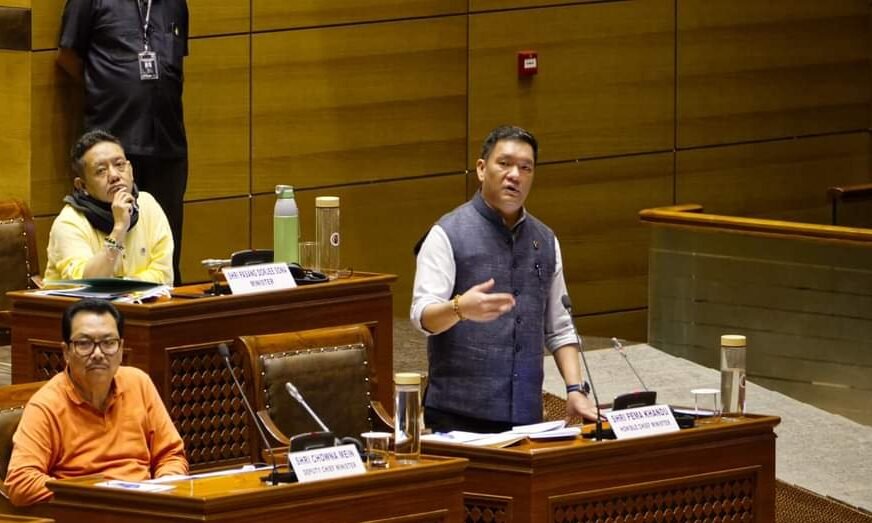The unique Mopin festival celebrated by the Galo community of Arunachal Pradesh epitomizes enthusiasm and cultural richness, portraying the vibrant heritage of the region.
In a region where the festival of colors, Holi, paints India in multicolored hues, the Galo tribe brings forth the Mopin festival, adorning the atmosphere with rice powder in a unique celebration.
Mopin, a popular tribal festival of Arunachal Pradesh, is imbued with the aspiration for wealth and prosperity. Held annually during April, the festival is a month-long affair, filled with joyous celebrations.
Agriculture-based, the Mopin festival is celebrated not only in Itanagar but also across various parts of the state with fervor. In the capital city, the Mopin grounds are adorned with Galo denizens dressed in traditional attire, marking the festivities.
Governor of Arunachal Pradesh, Lieutenant General KT Parnaik, and the First Lady graced the celebration as Chief Guests, adding prestige to the occasion.
At the heart of the Mopin festival lies its significance in the cultural fabric of the Galo Tribe. Members of the Galo community dazzle in their traditional costumes, showcasing the mesmerizing ‘popir dance,’ primarily performed by female folk. With synchronized steps and chants of Ja-Jin-Ja and Baryi folk songs, they create an enchanting spectacle. Adorned in white clothes and elaborate headgear, the tribal folks’ multi-colored beaded ornaments gleam in the sunlight, accentuating their rhythmic movements.
Embedded within the tribal culture are myths intertwined with the existence of evil spirits. The Mopin festival serves as a means to ward off these malevolent forces and invoke blessings for universal happiness.
Margam Ori, General Secretary of the organizing committee, emphasized the importance of preserving Galo traditions and cultures, which form the essence of their identity. He urged all Galo community members to cherish their heritage and uphold the invaluable traditions, particularly the Mopin festival, as a testament to their roots and identity.

































































































































































